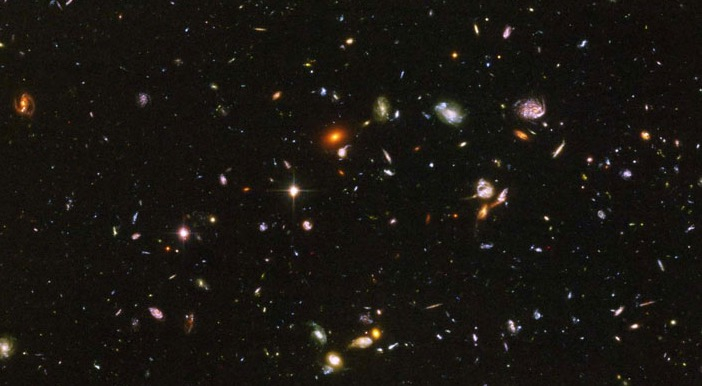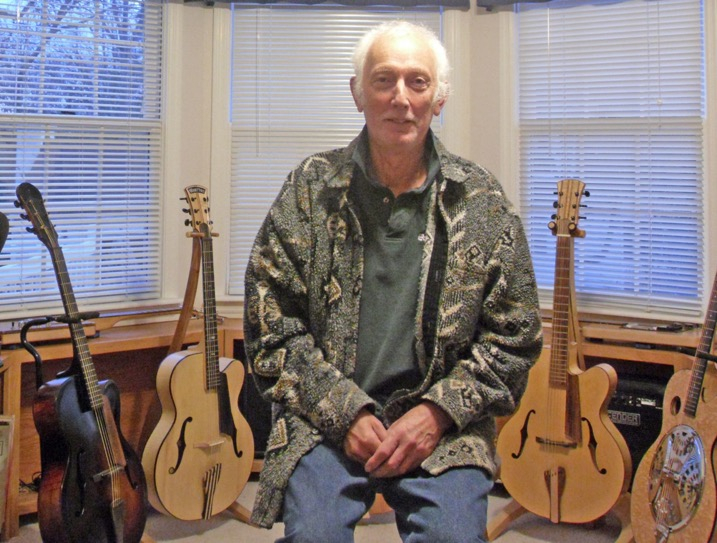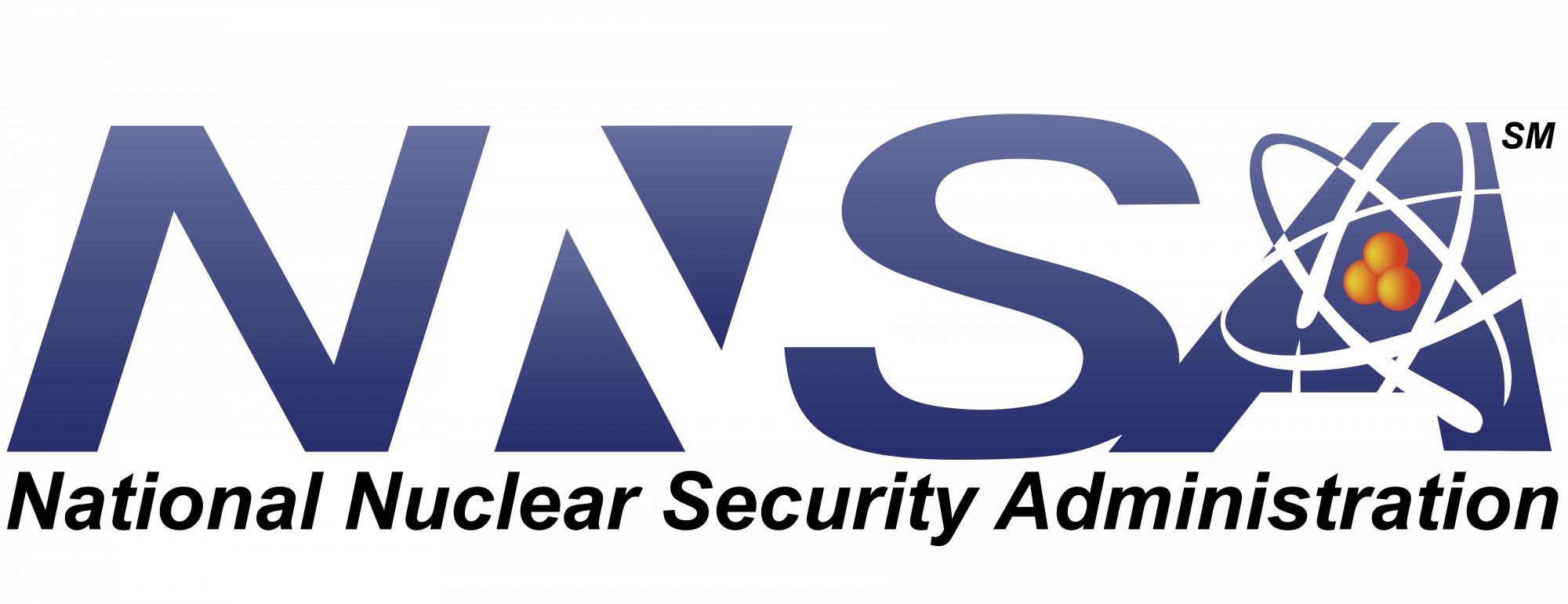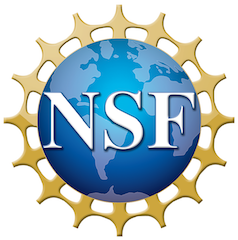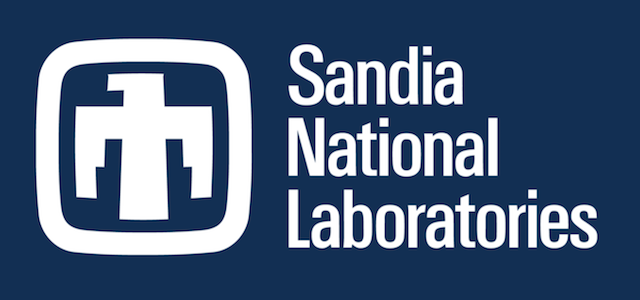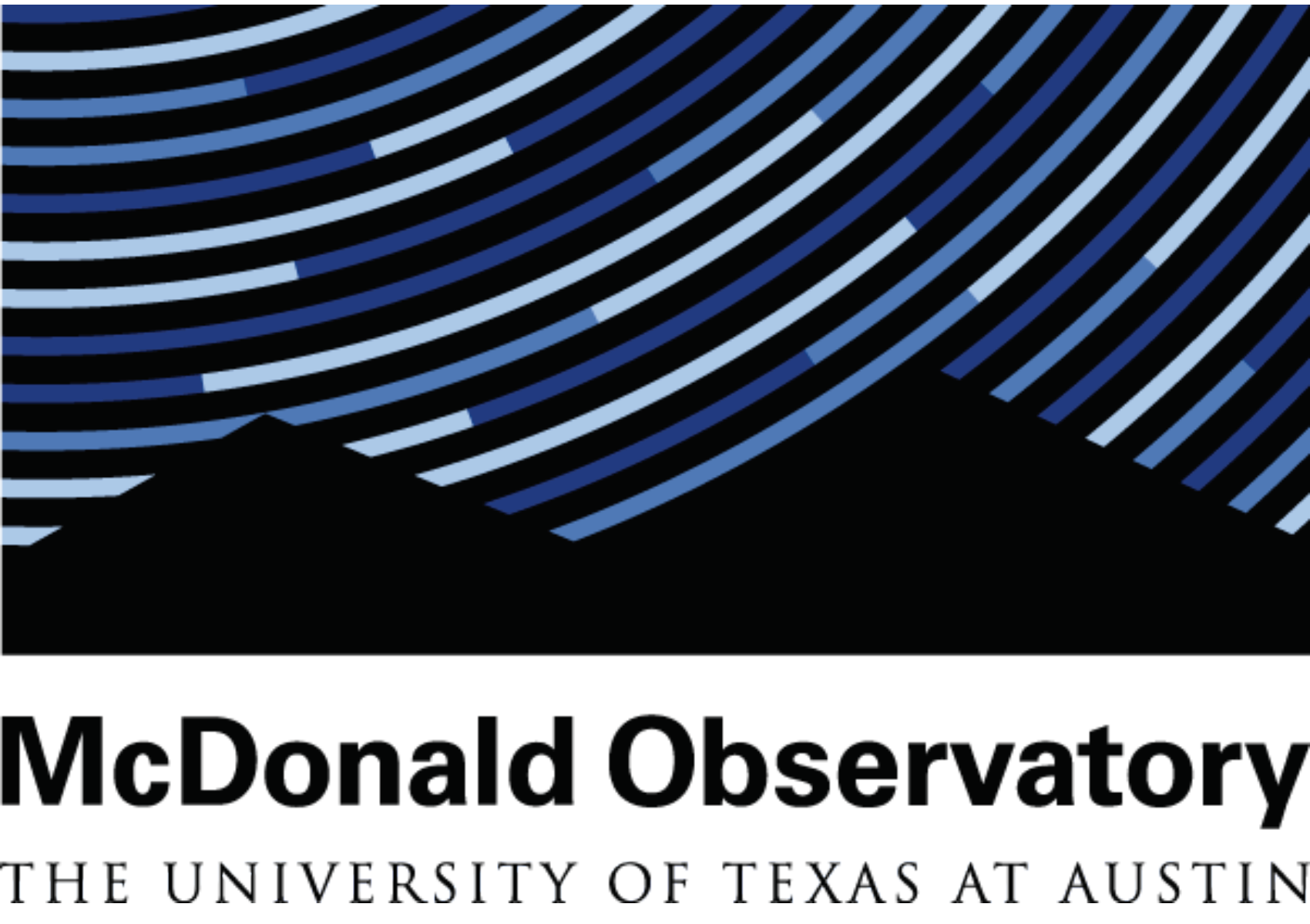Why the Wootton Center for Astrophysical Plasma Properties (WCAPP)?
The study of matter under the exotic conditions of the cosmos is an independent way to explore fundamental physics. Recently, the capability of creating cosmic conditions in the terrestrial laboratory has transformed areas of astrophysics into an experimental science. Herein, we proposed a Center for Astrophysical Plasma Properties (CAPP) established through the Stewardship Science Academic Alliances (SSAA) Program. The highlight experiments are undertaken on the Z facility at Sandia National Laboratories (SNL). Theory and modeling are distributed amongst the campuses and national laboratories involved, and astronomical observations are undertaken at the McDonald Observatory. The benefits to science and to the National Nuclear Security Administration (NNSA) are manifold. Chief among these are three: (1) Astrophysics is at the cutting edge of extreme physics, (2) there is strong overlap in much of the physics and skill sets needed to advance the critical missions of the NNSA in understanding matter at extreme conditions, and (3) astrophysics attracts talented scientists including the students that will become the future of the NNSA high-energy-density (HED) science programs.
Astrophysics provides ways to attack fundamental questions about the age and history of the universe and our own Galaxy; it fuels the human imagination, and has wide appeal. By focusing our experiments in this area and involving experienced astrophysicists, and other HED scientists from universities and national laboratories, we are attracting top graduate students. They are learning the scientific culture of the national laboratories, and the best of these students will become future NNSA scientists.
The Wootton Center for Astrophysical Plasma Properties (WCAPP) focuses on atomic and radiation physics of matter in a wide range of temperatures and densities. Although motivated by astrophysics, the Center addresses problems of interest for stockpile stewardship, ICF, HED physics and astrophysics. The WCAPP team use spectra at wavelengths from X-ray to optical to diagnose plasmas and compare with observations of astrophysical objects and similar plasmas. This work has a strong experimental emphasis but incorporate a range of theorists and modelers for code validation. This sharpens the scientific impact of the experiments and their contribution to NNSA.
Our team includes universities, National Laboratories, and NASA scientists. These scientists, with diverse specialties, represent all career stages from the most junior to the most senior. Through immersive, team building interactions before, during, and after Z-shot series at SNL, observations at McDonald Observatory, and meetings, the students, postdocs, and junior faculty grow as scientists. They are introduced, in a practical way, to the atmosphere, work environment, and opportunities of National Laboratories. Students are recruited through interest in astrophysics, extreme physics, and/or energy science. Hence, the Center contributes to produce a pool of potential candidates for employment in NNSA National Laboratories.
We are inclusive. We celebrate multiple approaches and points of view. We believe diversity drives innovation and builds a culture that encourages supports, and celebrates the diverse voice of our center. We’re building a culture where difference is valued. Inclusion gives us the freedom to address the broadest set of initiatives. We’re always growing our network of people, programs and tools all designed to build our teams, cultivate leaders and create a center of excellence that’s the right fit for every person inside of it.
